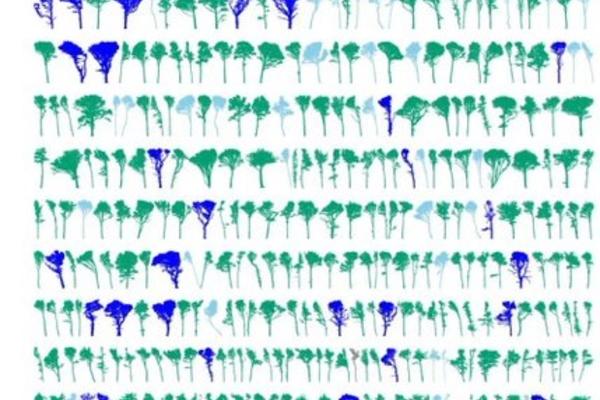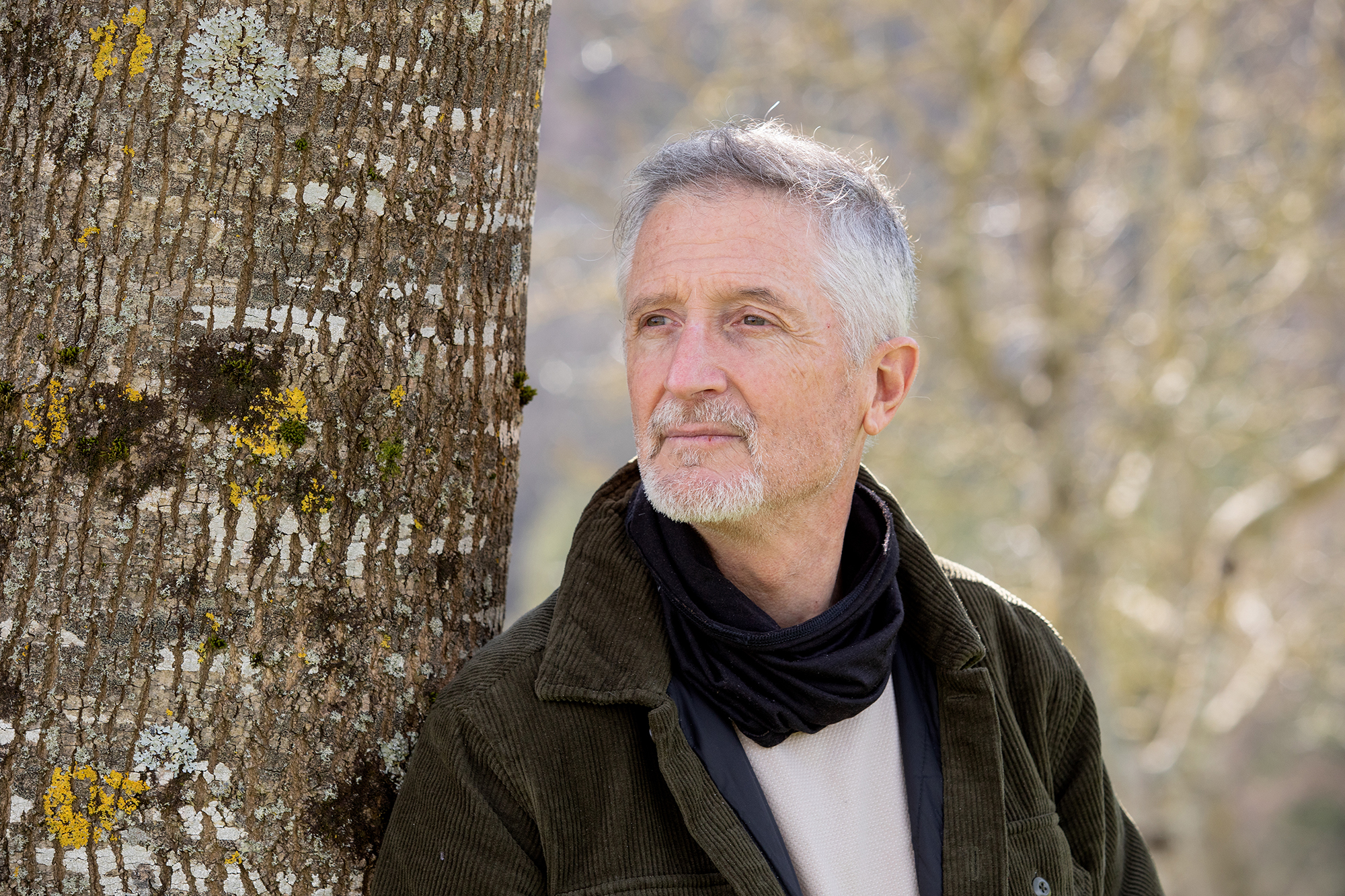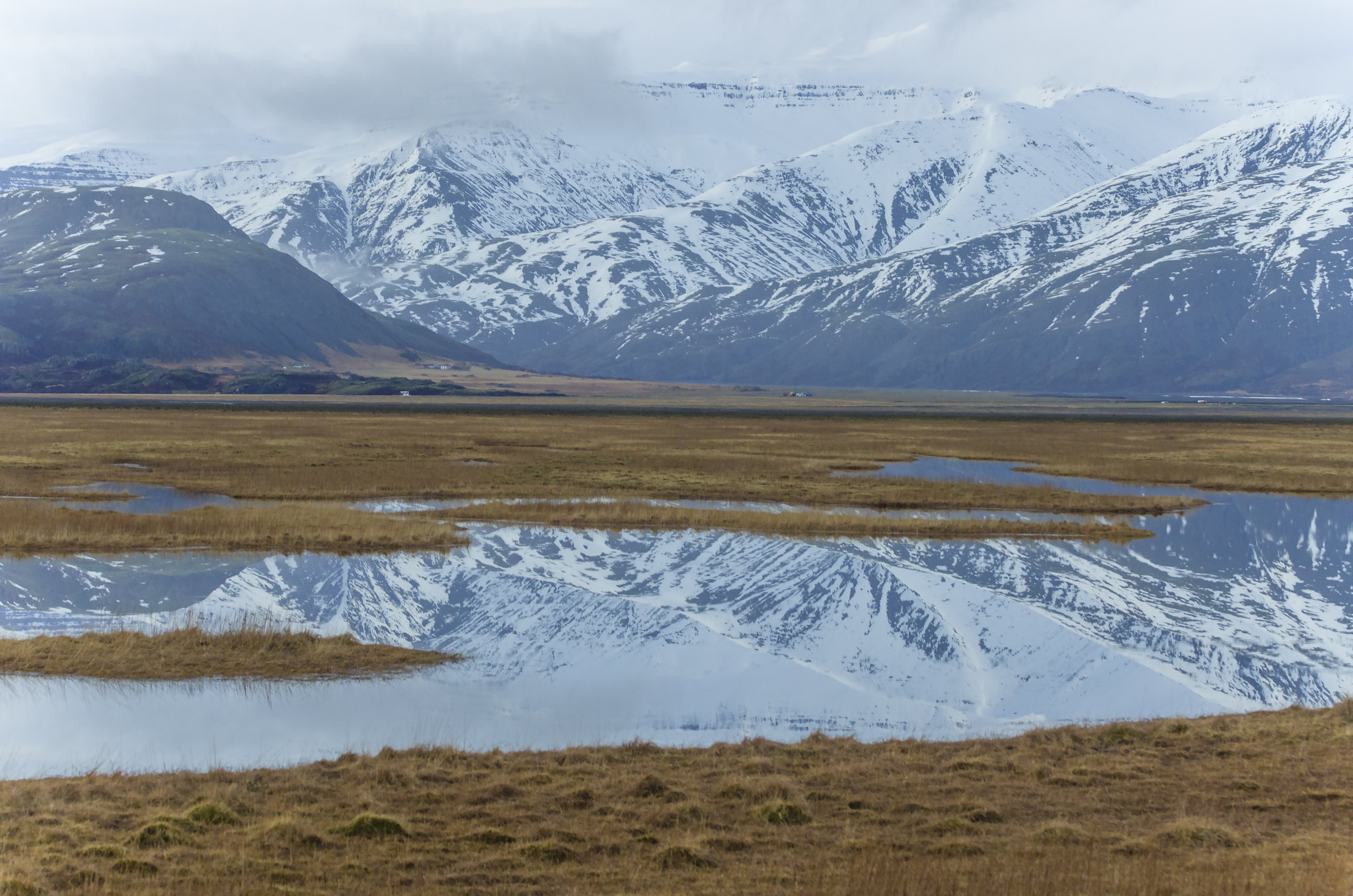One study reveals that older trees store twice as much carbon as they thought.
- A group of whiskers at Oxford University have used cutting-edge technologies to calculate the carbon accumulated by old trees and have shown this in the report they have recently published, much more carbon, almost twice as much as it was intended to waste (and pour into the atmosphere) per hectare of old forest down. The new study should be a claim to prevent the felling of old trees and to preserve the forests that have come to us since remote times.

The importance of old trees and forests, unlike the newly planted and, above all, of single-specific forests, which are no more than posts, has been mentioned for a long time because they guarantee biodiversity, because of their importance in the water cycle or because they can accumulate carbon dioxide CO2 in their wood, one of the main responsible for the crazy weather in recent decades. New research has now come to show that the importance of old trees for storing discarded CO2 is even greater than was thought.
Oxford University (UK) has a small intact forest, called Wytham Woods, which has been used since 1940 in its ecological research. The British Ecological Society has now published the result of a new investigation into about 1,000 trees in the Wytham forest: Laser scanning reveals potential underestimation of biomass carbon in temperate forest.
The new study has revealed the fundamental role that older trees play in preserving Earth’s living conditions, when British researchers have discovered in Wytham Forest that carbon is twice as much as previously thought in terms of the carbon storage capacity in their woods. It might be thought that the results of the new document should affect protections against felling old trees, not only in the United Kingdom, but also across Europe.

10 researchers from England, Flanders, Estonia and Finland have mapped 1,000 old Wytham trees using lasers and 3D modelling computer systems. Without reaching the minimum plant wound, the volume of each tree has been accurately calculated to extract the amount of carbon stored in the logs and branches. Mathias Disney, a professor at the University of London, explains to the BBC public that "when you know the density of wood, you can turn the volume into mass. Half of this tree mass is carbon, the other half water."
After making further calculations with these more accurate methods, the result has shown that Wytham trees have in their trunks and branches almost twice as much carbon as previously believed, by 1.77 times what was thought exactly. As the small Wytham forest is similar to the many leafy forests of this kind in the United Kingdom, researchers believe that in light of the new data it is necessary to update the calculation of the carbon accumulated by the old trees of the island: "Probably not only in the forests of the United Kingdom, but also in the old forests of the whole of Europe, the amount of accumulated carbon has been neglected," says Flemish professor Kim Calders, director of the study.
Mathias Disney, for its part, has stressed that in these times when reforestation policies in Europe and in the world proliferate, it must take priority not to demolish old forests, keep them alive: “The value we have in these large and old trees is priceless and, therefore, regardless of the number of new trees you are planting, we have to ensure that the old ones are not lost at all costs. Those big trees are very important.”
Lurrak guri zuhaitzak eman, eta guk lurrari egurra. Egungo bizimoldea bideraezina dela ikusita, Suitzako Alderdi Berdearen gazte adarrak galdeketara deitu ditu herritarrak, “garapen” ekonomikoa planetaren mugen gainetik jarri ala ez erabakitzeko. Izan ere, mundu... [+]
Eskola inguruko natur guneak aztertu dituzte Hernaniko Lehen Hezkuntzako bost ikastetxeetako ikasleek. Helburua, bikoitza: klima larrialdiari aurre egiteko eremu horiek identifikatu eta kontserbatzea batetik, eta hezkuntzarako erabiltzea, bestetik. Eskola bakoitzak natur eremu... [+]
Agintari gutxik aitortzen dute publikoki, disimulurik eta konplexurik gabe, multinazional kutsatzaileen alde daudela. Nahiago izaten dute enpresa horien aurpegi berdea babestu, “planetaren alde” lan egiten ari direla harro azpimarratu, eta kutsadura eta marroiz... [+]
Biologian doktorea, CESIC Zientzia Ikerketen Kontseilu Nagusiko ikerlaria eta Madrilgo Rey Juan Carlos unibertsitateko irakaslea, Fernando Valladares (Mar del Plata, 1965) klima aldaketa eta ingurumen gaietan Espainiako Estatuko ahots kritiko ezagunenetako bat da. Urteak... [+]
Nola azaldu 10-12 urteko ikasleei bioaniztasunaren galerak eta klima aldaketaren ondorioek duten larritasuna, “ez dago ezer egiterik” ideia alboratu eta planetaren alde elkarrekin zer egin dezakegun gogoetatzeko? Fernando Valladares biologoak hainbat gako eman dizkie... [+]
Eskoziako Lur Garaietara otsoak itzularazteak basoak bere onera ekartzen lagunduko lukeela adierazi dute Leeds unibertsitateko ikertzaileek.. Horrek, era berean, klima-larrialdiari aurre egiteko balioko lukeela baieztatu dute, basoek atmosferako karbono-dioxidoa xurgatuko... [+]
There was no one or all. That we all suffer at least if the necessary changes are not made so that no one suffers the climate emergency. You – reader – I – Jenofá-, they – poor – and they – rich. The fires in Los Angeles did not give me satisfaction, but a sense of... [+]













_Glaciar.png)





-(1).jpg)

